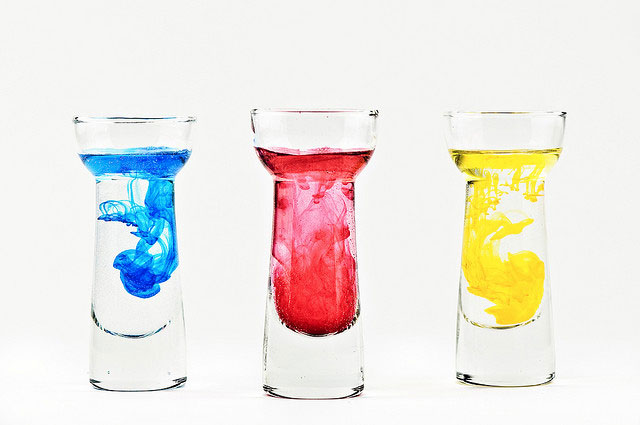Successful Strategy for Integrating Web and Print Design
Original Source: http://feedproxy.google.com/~r/visualswirl/~3/uEv0ykGnIeE/
Today’s marketplace demands that designers be versatile enough to create an integrated print and web media campaign. This is easier said than done, however, as the differences between designing for these two media are extensive, however, and each presents its own challenges and opportunities.
Designers that are able to successfully navigate these differences and create a unified marketing strategy are highly valued. Here are some tips for how to overcome the disparities and integrate your print and web designs:
Challenges of Bringing the Two Media Together
Though they share some basic principles, designing for print media and designing for the web are two entirely different tasks. Knowing the standards for each will allow your work to be easily translated from one into the other.
In print media, designers usually have more exact control over the appearance of the final product. When creating custom business cards, for example, the designer need only worry about the finished product appearing in one size. The same is not true for web design, however. There are several standard monitor sizes, not to mention mobile devices, and designers must create fluid layouts that will work for all of these displays (and possibly more).
In addition, the design of the will always be viewed as “complete”—no scrolling or sliding is necessary to take in the entire concept. Contrast this with web media, where “big” designs require careful planning and modification to bring off.
For itself, web design offers some benefits that print media cannot match. Web designers have the freedom to take advantage of some incredible techniques that are hard to replicate via digital printing: gradients, small details, and movement in design, for example.
One thing that both print and web designers have in common is color selection—digital printing can often render colors differently than the designer had envisioned, while web designers must be cautious about how different monitors and displays will produce colors.

Successful Integration
The differences between the two media, then, are challenging, but not impossible, to overcome. No matter which medium you begin working in, you must keep the challenges of the other in mind in order to bring them together. Print designers must work within the restrictions of file and image size for digital media, for example, while web designers must keep in mind that subtle details that are easy to bring off on the web may be lost to the printer.
This is important primarily because of branding and brand recognition—your clients’ audience must be able to connect successfully with the colors and images used in both media and recognize them as coming from the same organization. It’s important, then to keep your clients’ specific strategies in mind as you create your designs.
More Tips for Integration
Apart from creating a design that works in both media, there are some other things to keep in mind as you create both that can help create a better unification between the two media. As you work with marketers and designers on both sides of the design aisle, make sure to use cross-promotions and teasers that promise to “enhance” the users’ experience. The website should offer more to the users’ print experience and vice versa.
You should also be sure to mention the other medium with the other—include URLs in offline ads and flyers, for example, or use the website to promote a special direct mailer.
With a solid understanding of the tips and techniques involved in both types of design, you will be able to create designs that are sending the same message no matter the medium.
What are your tips for integrating web and print media? What successes have you had in unifying the two?
Images by ollily and Sergiu Bacioiu
The post Successful Strategy for Integrating Web and Print Design appeared first on Visual Swirl Design Resources.

Leave a Reply
Want to join the discussion?Feel free to contribute!